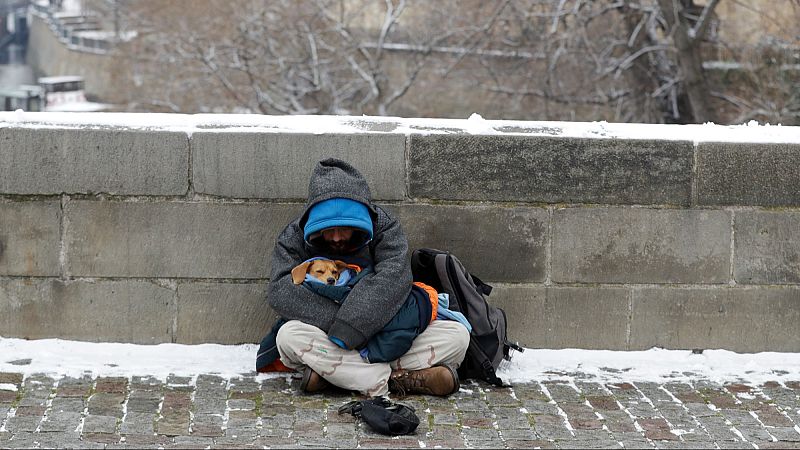
The Czech Republic is seeing a surge of hepatitis A infections that does not appear to be slowing down.
The country recorded 450 cases and six deaths from hepatitis A in the first four months of 2025, compared with 636 cases and two deaths all of last year.
But Czech health officials said the actual number of infections is likely much higher because of how difficult it is to track the spread of the virus, which causes liver inflammation that can be fatal in rare cases.
“We know from experience that even one confirmed case can subsequently mean a big problem,” the State Health Institute (SZÚ) said in a statement.
It’s not a common infection. In 2022, there were 4,548 cases reported across 30 European countries.
Here’s what we know so far about the developing hepatitis A situation in the Czech Republic.
How serious is hepatitis A and how does it spread?
People can be infected after contact with a sick person’s stool, for example, via unwashed hands, contaminated food or water, or dirty door handles.
Places with poor sanitation and hygiene are the ideal breeding ground for the virus.
Most infected people do not have symptoms, but about 10 per cent experience serious health problems that can lead to liver failure and death, Czech officials said.
Adults aged 50 and older and people who already have chronic liver disease are at higher risk.
Other symptoms include fever, loss of appetite, diarrhoea, nausea, and jaundice, which is when the eyes and skin take on a yellow hue.
It usually takes two to four weeks for infected people to develop symptoms, and they can shed the virus for a week or two beforehand, meaning people can spread hepatitis A without even knowing they are infected.
Where are cases rising in the Czech Republic?
The capital city, Prague, and the surrounding Central Bohemian region, as well as the Moravia-Silesian region bordering Poland and Slovakia, have reported the most hepatitis A cases this year.
The virus is spreading among children, teenagers, young adults, and people engaged in “risky behaviour,” officials said. In Prague, for example, nearly one in three patients are homeless, and many use drugs.
But the number of people who are susceptible to hepatitis A because they have not been vaccinated or in contact with the virus is “gradually increasing,” they added.
What is the Czech Republic doing to stop the spread of hepatitis A?
Health officials encouraged people to get vaccinated against hepatitis A. Two doses taken six to 18 months apart can help protect people against infection.
The jab, which costs approximately 1,700 CZK (around €68), is not required, but it is included in some health insurance programmes, officials said.
Because many infected people are homeless, Czech health workers have distributed the vaccine to shelters for free. People who work closely with drug users and those living on the streets are also being vaccinated in Prague.
But “it is very difficult for these people to comply with anti-epidemic measures, and contact tracing is especially problematic,” making it harder to control the spread of the virus, officials said.
Last year, officials tracked down 6,375 contacts of people infected with hepatitis A.
People identified as close contacts who have not been vaccinated are prohibited from going to public swimming pools, saunas, summer camps, or other big events.







